For her translation of Erminia Dell’Oro’s Abandonment, Oonagh Stransky received one of the prestigious PEN Translates awards in 2023; one year later, this powerful, lyrical novel is due to arrive by way of Héloïse Press on September 15. Rendered into English with great sensitivity and intimacy, Abandonment tells the story of a mother-daughter pairing in Eritrea, and their alienation from both local and the colonial Italian communities in the aftermath of racial laws. Stransky fought for its appearance in the English-language for twenty years, and in the following essay, she speaks on the emotional, introspective process of translating this tremendous work, and why she has remained so determined that the world should read it.
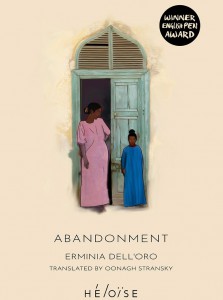
It’s July 2024, and I’ve received the proofreader’s notes for Abandonment. I need to reply to an issue with the passage below:
“Then Sellass felt a deep languor come over her and she understood that her body was dissolving into the seawater, that the wave she had become was returning towards the light and slowly breaking on a beach where the shades of the dead had gathered. Even Mariam’s shells were there, specks of darkness on the sand, and a hand reached out to grab them. The wave tried to speak, to tell her that she was Sellass, but the voice was only a watery gurgle, and the shades, going through the gestures of life, ignored the coming and going of the wave.”
The proofreader says
This is a bit confusing—reads to me like the wave is speaking to Sellass, but if I’ve understood correctly the wave IS Sellass? And she’s trying to speak to Mariam? I think the confusion is using “she” to refer to the wave, if it read ‘to tell her that it was Sellass’ it would be clearer.
I reply
Using “it” does fix the problem but ambiguity and the gendering of the wave are important to both story and style. Actually, the original Italian doesn’t say that the wave is trying to speak to Mariam. It just says, L’onda tentava di parlare, di raccontare che lei era Sellass. . . I suggest modifying that line to: The wave tried to speak, to say she was Sellass. . . This keeps the female gender of the wave and retains an element of ambiguity.
In my dreams I reply like this
The world of this book is filled with objects that we readers might commonly see as neutral but that are attributed gender by characters who need them to survive, who see their fragile lives building and then crumbling, over and over, casually, randomly, like waves. Sellass in this instance is indeed the wave, and because the wave in Italian is a feminine noun, she is both wave and girl. More than trying to address Mariam here, Sellass is receiving a message from the universe that she is a mere mortal, that she coexists with death, with the shades. Her daughter, Marianna, will be made aware of her own mortality, but she is accepting of it, which in turn allows her to survive and not become a victim; this awareness is the key to her resistance.
READ MORE…


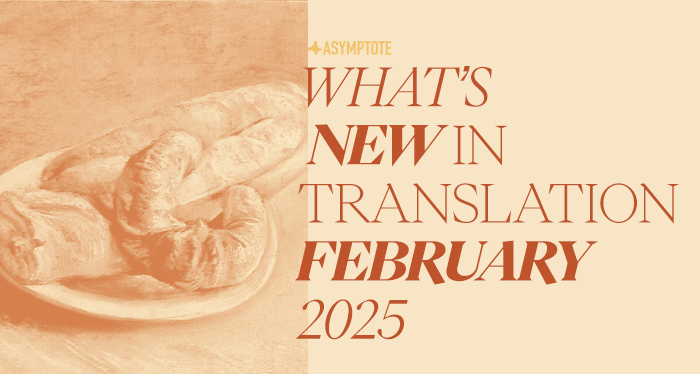



 This spirit of formal ambition is by no means limited to our Special Feature. After all, “as the reality of each time changes,” says
This spirit of formal ambition is by no means limited to our Special Feature. After all, “as the reality of each time changes,” says 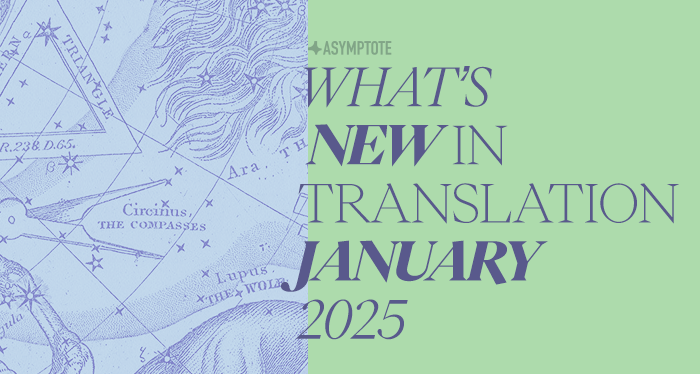
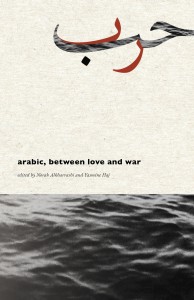


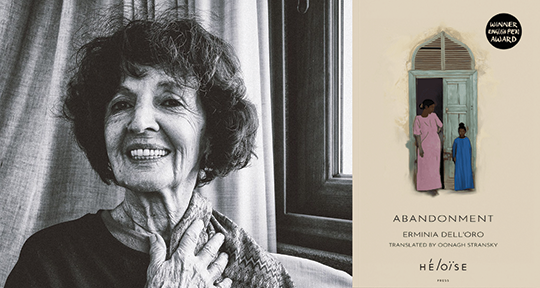
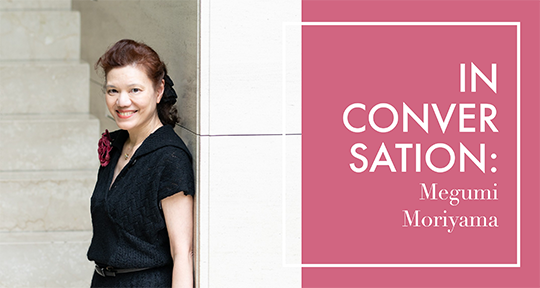

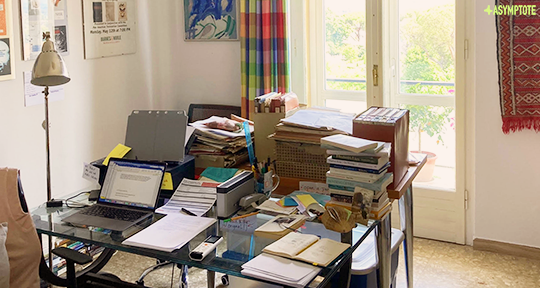



Blog Editors’ Highlights: Winter 2025
Reviewing the manifold interpretations and curiosities in our Winter 2025 issue.
In a new issue spanning thirty-two countries and twenty languages, the array of literary offers include textual experiments, ever-novel takes on the craft of translation, and profound works that relate to the present moment in both necessary and unexpected ways. Here, our blog editors point to the works that most moved them.
Introducing his translation of Franz Kafka’s The Trial in 2012, Breon Mitchell remarked that with every generation, there seems to be a need for a new translation of so-called classic works of literature. His iteration was radically adherent to the original manuscript of The Trial, which was diligently kept under lock and key until the mid-fifties; by then, it was discovered exactly to what extent Max Brod had rewritten and restructured the original looseleaf pages of Kafka’s original draft. It is clear from Mitchell’s note that he considers this edit, if not an offense to Kafka, an offense to the reader who has lost the opportunity to enact their own radical interpretation of the work: an interpretation that touched Mitchell so deeply, he then endeavored to recreate it for others.
In Asymptote’s Winter 2025 Issue, the (digital) pages are an array of surprising turns of phrase and intriguing structures—of literature that challenges what we believe to be literature, translations that challenge what we believe to be originality, and essays that challenge what we believe to be logic. I am always drawn to the latter: to criticism, and writing about writers. As such, this issue has been a treat.
With the hundredth anniversary of Kafka’s death just in the rearview and the hundredth anniversary of the publication of The Trial looming ever closer, the writer-turned-adjective has not escaped the interest of Asymptote contributors. Italian writer Giorgio Fontana, in Howard Curtis’s tight translation, holds a love for Kafka much like Breon Mitchell. In an excerpt from his book Kafka: A World of Truth, Fontana discusses how we, as readers, repossess the works of Kafka, molding them into something more simplistic or abstract than they are. In a convincing argument, he writes: “The defining characteristic of genius is . . . the possession of a secret that the poet has no ability to express.” READ MORE…
Contributors:- Bella Creel
, - Meghan Racklin
, - Xiao Yue Shan
; Languages: - French
, - German
, - Italian
, - Macedonian
, - Spanish
; Places: - Chile
, - France
, - Italy
, - Macedonia
, - Switzerland
, - Taiwan
, - Turkey
; Writers: - Agustín Fernández Mallo
, - Damion Searls
, - Elsa Gribinski
, - Giorgio Fontana
, - Lidija Dimkovska
, - Sedef Ecer
; Tags: - dystopian thinking
, - identity
, - interpretation
, - nationality
, - painting
, - political commentary
, - revolution
, - the Cypriot Question
, - the Macedonian Question
, - translation
, - visual art
, - Winter 2025 issue
, - world literature